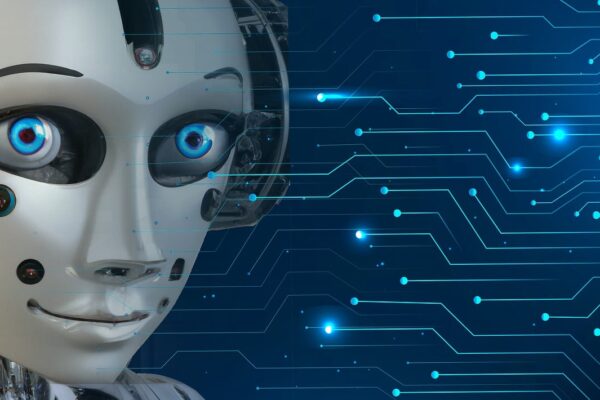
Who Bears the Costs When AI Fails?
If an AI system causes harm due to its actions, who should carry the burden – companies, governments or someone else?

If an AI system causes harm due to its actions, who should carry the burden – companies, governments or someone else?

Explore techniques like constrained optimization helping develop AI that encodes social goods like fairness.

AI explainability techniques like LIME and Shapley values are bringing transparency to automated decisions – explore how they work.
As AI systems make ever more consequential decisions, how can we ensure they remain ethical, fair and accountable?
As AI becomes more capable, building mutual trust is crucial. We look at ideas like transparency and value alignment.
What guardrails and controls can we put in place to ensure AI systems remain beneficial, ethical, and aligned with human values?
Learn how artificial intelligence and machine learning are being used to create innovative solutions for environmental challenges like climate change and pollution.
How can we proactively address safety and oversight for increasingly autonomous AI systems?
By keeping humans actively involved in AI systems, we can retain meaningful oversight and control over these powerful technologies.
As AI grows more powerful, human oversight helps ensure these systems remain ethical and aligned with human values.